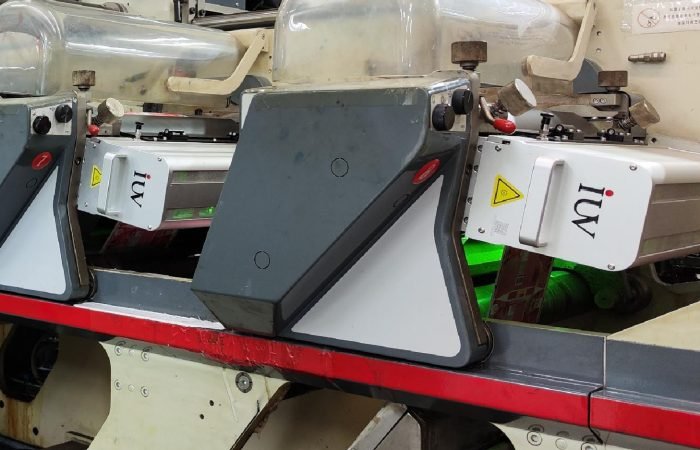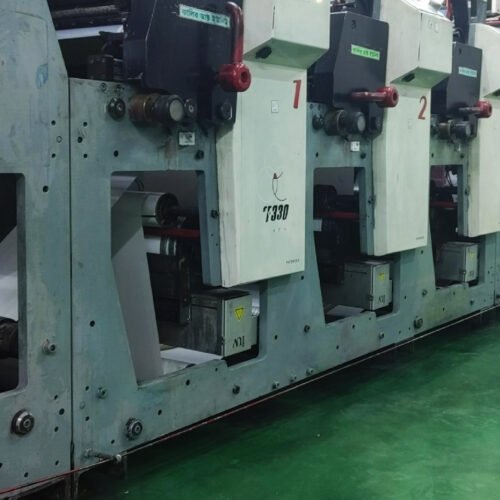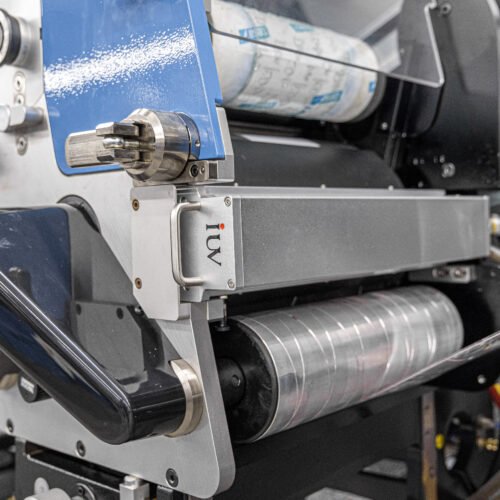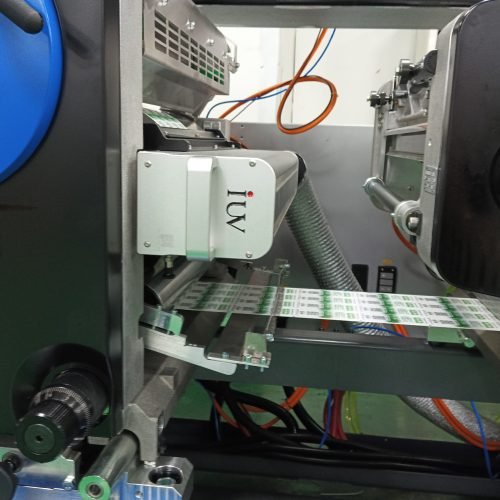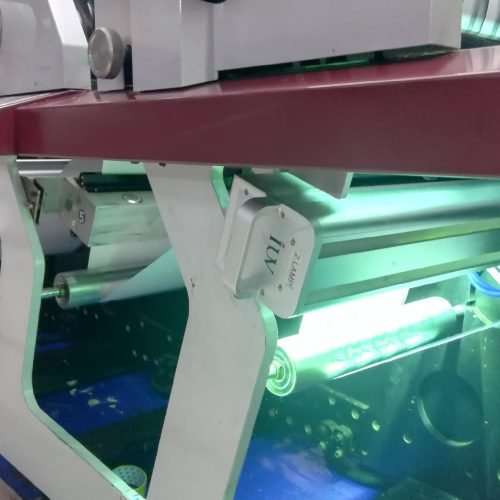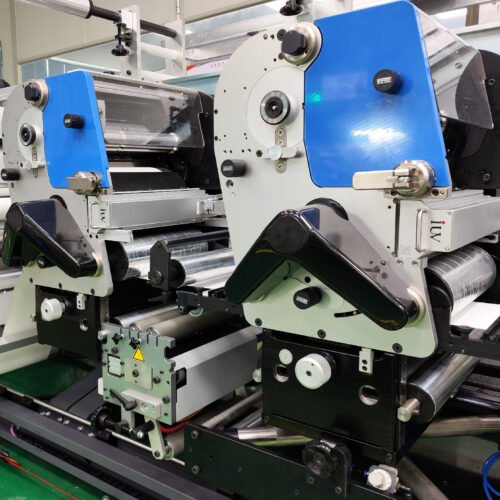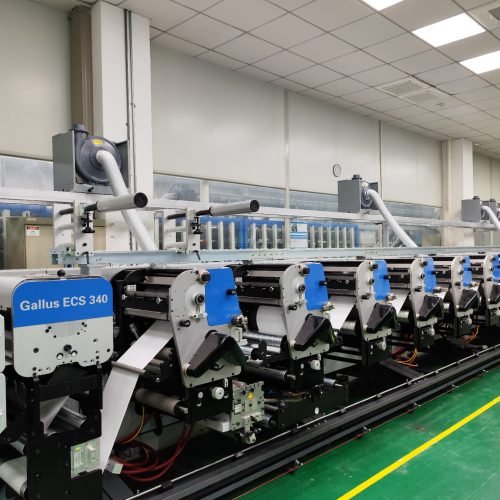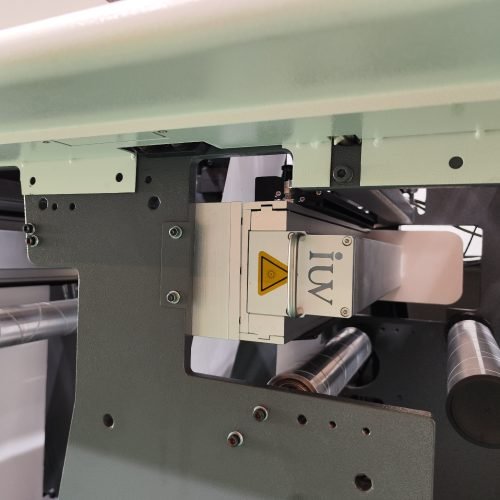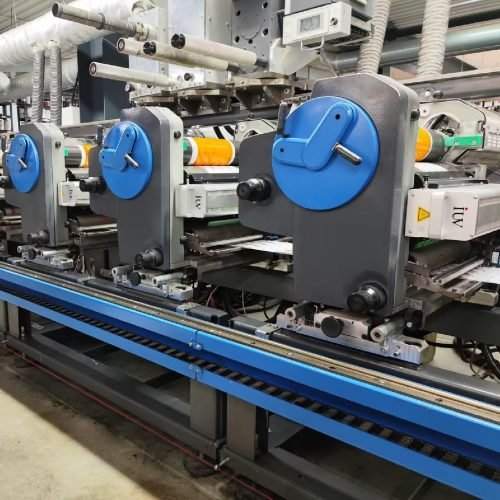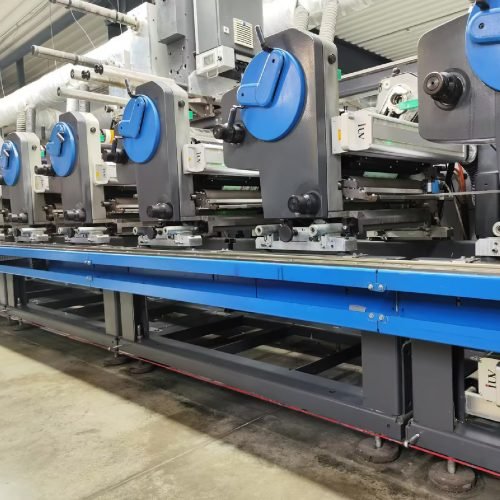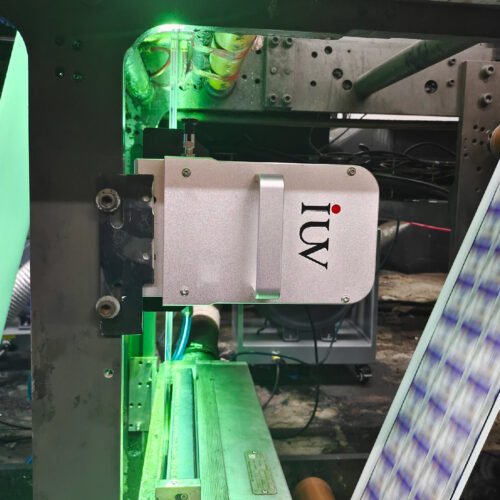LED Curing: Navigating the Shifting Sands of Label Printing Compliance
The label printing industry is a dynamic space. Manufacturers constantly face evolving demands, not just for vibrant graphics and durable finishes, but also for strict regulatory compliance. Meeting these standards is non-negotiable. It impacts product safety, market access, and brand reputation. One area where printers are finding significant advantages is in their adoption of LED UV curing systems. These advanced technologies are proving instrumental in helping label printers achieve and maintain compliance across a variety of critical areas.
Traditional methods of UV curing, while effective, often come with challenges. Mercury lamps, the workhorse of older UV systems, have a significant environmental footprint. Their disposal requires specialized handling due to mercury content, a substance that is increasingly subject to regulatory scrutiny worldwide. Furthermore, mercury lamps degrade over time, leading to inconsistent curing and potential issues with ink adhesion and durability – factors that can directly impact a label’s ability to meet performance standards.
LED curing systems offer a compelling alternative. They utilize solid-state light-emitting diodes to generate UV light. This fundamental difference brings a host of benefits that directly translate into enhanced regulatory adherence.
Environmental Responsibility and Sustainability
One of the most significant advantages of LED UV curing is its environmental profile. LED systems are mercury-free. This eliminates the hazardous waste associated with traditional mercury lamps, simplifying disposal processes and reducing a printer’s environmental liability. This is particularly important as regulations concerning hazardous waste become more stringent globally. By choosing LED, label printers can demonstrate a clear commitment to sustainable practices, a value increasingly prioritized by brands and consumers alike. This proactive stance can be a significant differentiator in a competitive market.
Energy Efficiency and Reduced Emissions
Beyond the elimination of mercury, LED curing is remarkably energy-efficient. Compared to traditional UV lamps, LED systems consume considerably less power to achieve the same level of cure. This reduced energy consumption translates into lower operating costs and a smaller carbon footprint. Furthermore, the lower energy draw means less heat is generated. This is crucial in sensitive printing environments, particularly in narrow web flexographic and offset printing of labels. Excessive heat can affect the substrate, leading to distortion or damage, which can compromise the integrity and compliance of the final product.
The reduced heat output also contributes to a safer working environment for printing staff, minimizing risks associated with thermal stress. This aspect of operational safety is another facet of regulatory compliance that LED curing systems can help address.
Enhanced Curing Performance and Ink Adhesion
Regulatory compliance in label printing often hinges on the durability and performance of the printed ink. Labels used in demanding applications, such as food and beverage, pharmaceuticals, or industrial settings, must withstand abrasion, chemical exposure, and fading. Consistent and complete ink curing is paramount to achieving these properties.
LED UV curing offers a highly controlled and consistent light output. This ensures that inks are cured thoroughly and uniformly across the entire label surface. The specific wavelengths emitted by LEDs can be tailored to match the absorption spectra of UV-curable inks, leading to more efficient and complete polymerization. This results in inks that are harder, more chemically resistant, and more durable. This enhanced performance directly contributes to a label’s ability to meet stringent performance standards, whether it’s resistance to cleaning agents in a commercial kitchen or UV exposure on an outdoor product.
In flexographic and offset printing processes, achieving a perfect cure is vital. Poorly cured ink can lead to rub-off, smudging, or delamination, rendering a label non-compliant and potentially unsafe. LED systems provide the precise energy required for optimal ink setting, minimizing these risks.
VOC-Free Printing and Food Safety
The push for Volatile Organic Compound (VOC)-free printing is a major regulatory trend, especially for labels intended for food packaging. VOCs are harmful to human health and the environment. Many traditional inks and coatings release VOCs during the drying or curing process.
UV-curable inks, in general, are known for being low-VOC or VOC-free. When cured with LED technology, this benefit is amplified. The efficient and complete curing achieved by LEDs ensures that the inks are fully polymerized, minimizing the potential for uncured components or free monomers to migrate. This is absolutely critical for food contact labels, where migration into foodstuff is a serious safety concern with strict regulatory limits.
By utilizing LED curing systems and appropriate low-migration UV inks, label printers can confidently produce labels that meet the rigorous demands of food safety regulations, such as those set by the FDA, EFSA, and other international bodies. The ability to guarantee minimal migration is a key selling point and a vital aspect of compliance.
Process Stability and Repeatability
Consistency is the bedrock of regulatory compliance. A printing process that fluctuates can lead to batches of labels that do not meet specifications. LED curing systems are known for their long lifespan and stable output. Unlike mercury lamps that degrade, LEDs maintain their performance over tens of thousands of hours. This inherent stability translates into a highly repeatable printing process.
For narrow web label printers, where precise control over ink laydown and curing is essential, this repeatability is invaluable. It reduces the likelihood of process drift that could lead to non-compliant output. Operators can rely on the consistent performance of the LED system, allowing them to focus on other critical aspects of quality control. This predictability minimizes waste, rework, and the costly disruptions that arise from non-compliance.
Meeting Future Challenges
As regulations continue to evolve, the adaptability of LED curing systems positions label printers for future success. The technology is constantly improving, with new LED formulations and ink chemistries emerging to meet even more demanding requirements. The ability to fine-tune wavelength and intensity offers a level of control that was previously unattainable.
In conclusion, the adoption of LED UV curing systems is not merely a technological upgrade; it is a strategic move towards enhanced regulatory compliance in the label printing industry. From environmental sustainability and energy efficiency to superior ink performance, VOC-free printing, and process repeatability, LED technology provides the tools necessary for printers to navigate the complex landscape of modern label production with confidence and assurance. For flexographic, offset, and narrow web printers alike, embracing LED curing is a clear path to meeting today’s stringent standards and preparing for tomorrow’s challenges.

